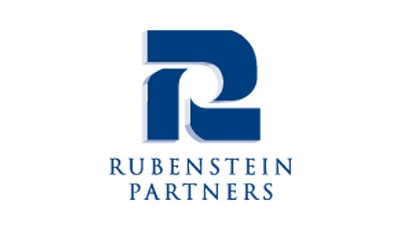Inside The Center At Innovation Drive: Before And After Its $35M Transformation

Before the South Boston waterfront was dubbed the Innovation District and Kendall Square flourished as a global hub for life science, metropolitan Boston’s economy first rose to economic prominence in the 1970s and 1980s with the phenomenon known as the Massachusetts Miracle.
In 1975, Massachusetts’ unemployment rate was 12%. By the 1980s, it shrank to 3%, largely due to the region’s position at the vanguard of this high-tech revolution.
The area’s growth and success provided a road map for the U.S. and world to shed their past in the industrial economy for a new future in the information economy.
The foundation for the Massachusetts Miracle was established long before the period of economic resurgence with innovation, the imaginative spark that propels all new ventures and keeps them viable in the increasingly competitive corporate landscape.

One of the chief catalysts of this nascent tech movement in Massachusetts was Wang Laboratories. In 1963, the company moved its small, 20-person organization into a new 20K SF facility in Tewksbury, directly off the newly built Interstate 495, to house its burgeoning calculator research and development business. Over the next two decades, Wang Laboratories continued to expand, and by the 1980s, the company had a headcount of 33,000, revenue of $3B, and a research and development operation in Tewksbury occupying over 700K SF.
“Wang Labs first began creating its LOCI business calculator here in the 1960s, and later built some of the first business microcomputers during the 1970s,” said Rubenstein Partners’ Deke Schultze, whose company spearheaded a recent redevelopment and rebranding of the Tewksbury property. “These devices were created specifically for individual employee use. While IBM is credited for introducing the first personal computer in 1981, the seeds of the personal computing revolution were first sowed here with Wang Labs’ business computing devices.”

The office, manufacturing and warehouse complex, most recently known as the 495 Business Center, suffered occupancy issues in the wake of Wang Labs’ departure in the 1990s. But the property has experienced a rejuvenation, akin to the Massachusetts Miracle, with a $35M renovation Rubenstein Partners completed this summer. Post-renovation, the property has been rebranded as the Center at Innovation Drive.
The property now stands as a prime suburban office destination for tenants seeking creative class office space housed within the bones of a repurposed research and development facility, an offering more commonly seen in the warehouse districts of urban areas. The R&D infrastructure, which includes large floor plates, vast open spaces and high ceilings, caters to modern companies’ desire to create engaging workspaces to fuel productivity and innovation. It meets organizational requirements, offering adjacencies, flexibility and efficiencies.

The renovations also included the installation of new building systems, dramatic atrium lobbies, extensive site landscaping and a diverse and comprehensive amenity set promoting employee lifestyle and collaboration. Demonstrating its commitment to sustainability and tenant health and wellness, the property is pursuing LEED certification for the building’s core and shell and has been designed to achieve WELL certification.

“It’s a truly unique workplace in the I-495 marketplace,” Schultze said. “The building is on par with local new construction, but it retains the authenticity of the historic innovation that Wang Labs accomplished [in] this very building during its heyday. Still, its main competitive advantage remains the same as back then — the diverse and talented workforce that can easily access the property.”
To learn more about this Bisnow content sponsor, click here.

